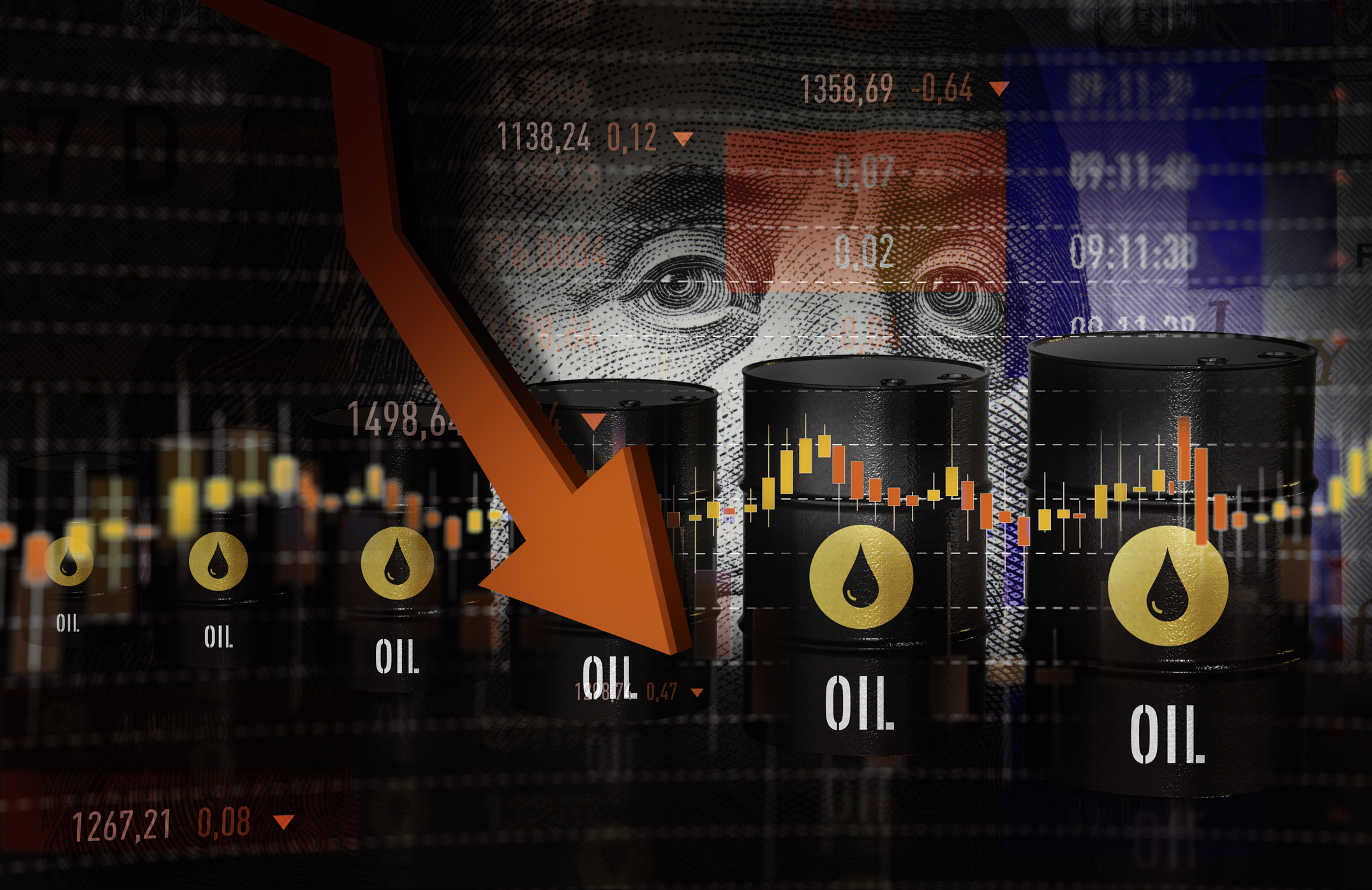Oil prices declined on Tuesday, with global energy organizations lowering growth expectations while warning possibility of overcapacity.
The international crude oil market ended five consecutive trading days of gains and saw prices fall on Tuesday.
The West Texas Intermediate for September delivery dropped 1.71 U.S. dollars, or 2.14 percent, to settle at 78.35 dollars a barrel on the New York Mercantile Exchange. Brent crude for October delivery lost 1.61 dollars, or 1.96 percent, to settle at 80.69 dollars a barrel on the London ICE Futures Exchange.
The Organization of the Petroleum Exporting Countries (OPEC) on Monday lowered its 2024 global oil demand growth to 2.11 million barrels per day (bpd), from its 2.25-million bpd expectations published last month. The revision, made via its monthly report, was its first downward move for 2024 growth projections since July 2023.
However, this figure is still much higher than forecasts by other institutions. The latest report by the International Energy Agency (IEA) on Tuesday still expected that the daily demand growth of the global crude oil market will not exceed 1 million bpd this year and next year amid the sluggish global economy.
The IEA also pointed out that given the possibility that OPEC+, or the OPEC and its allies, will gradually restore production capacity from October, it is expected that global crude oil supply may exceed demand in the fourth quarter.
The IEA also stated that even if OPEC+ does not increase production, countries including the United States and Brazil will gradually increase production, and the world may have a daily surplus of 860,000 barrels of crude oil starting next year.
Experts from Goldman Sachs said that although conflicts continue in various places, no major disruptions to the supply of crude oil markets have been seen so far.
Morgan Stanley’s chief commodities strategist Martijn Rats also pointed out that unlike in the past when geopolitical conflicts occurred and the market was unable to clearly evaluate impacts on crude oil flows, the dynamics of the crude oil market are transparent now with modern technologies.
(Reuters)




















